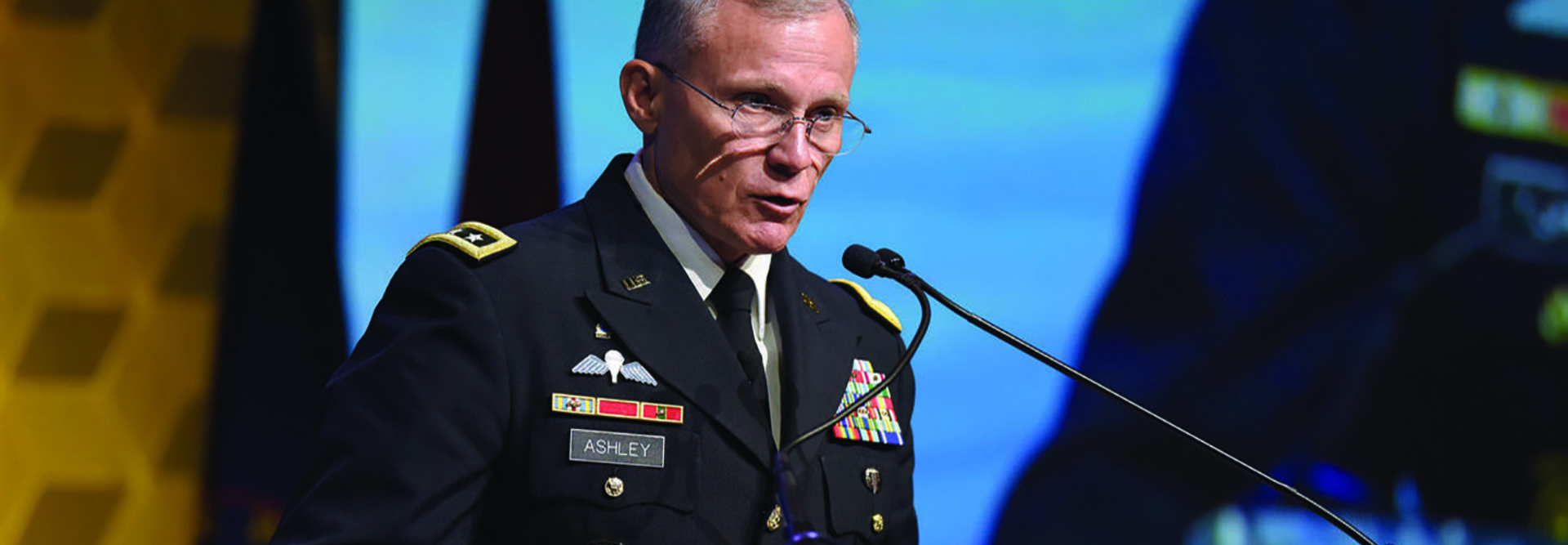DoDIIS 2019: Military Partners Need Better Interoperability to Combat Threats
Although the Defense Intelligence Agency has always focused on gathering information for military missions, data — especially the amount that’s coming in now — has become a critical interest.
Advanced technological tools have no real value unless they can handle the mass of data now available, said DIA CIO Jack Gumtow at the 19th DoDIIS Worldwide Conference in Tampa, Fla., on Monday. More than 3,700 people are attending the largest annual conference for the intelligence IT community.
“The reality is that we can have technological advancements across the board, but the underpinning is about data,” Gumtow said. “Data is the common denominator that we have to get straight. We’re not there yet. Data is hard.”
For more articles from DoDIIS 2019, check out our conference coverage here.
War Fighters Need Solid, Trustworthy Data
With 2.5 quintillion bytes of data created every day — and a growing portion of it deliberately faked or twisted into disinformation — “we have to supply the war fighters with information that is accurate and is trusted in an environment where misinformation exists,” said Army Lt. Gen. Robert P. Ashley Jr., the DIA’s director.
The most important capability that the DIA and the rest of the intelligence community must develop, Ashley said, is the ability to communicate across platforms. He cited an example of immediate interest to the audience: During his speech, the DoDIIS conference app worked on only one smartphone operating system.
“You’ve got to be able to talk to each other,” he said. “Otherwise we’ll miss opportunities. It’s about how we move data, and it is complicated. We can solve problems at speed, but our challenge is to solve the problem at scale.
“I can come up with a unique capability for a battalion, a brigade, where they can operate at speed within that brigade, but can they talk to every other brigade? Can they talk to other services? Can they talk to other nations? Buried within that scale problem is the challenge of interoperability.”
With China and Russia focusing on the control of data — their own and others’ — it’s important to know “where that data is going, and who’s controlling it,” Ashley added.
DIA Looks Ahead to More Advanced Technology
Modernization is a priority for the military intelligence enterprise, he said. The DIA last month published a document outlining its Chief Information Office strategy for 2020 through 2024 that called for more collaboration with DIA partners, including international ones.
The areas of focus include:
- Open-source intelligence, the sophisticated analysis of data collected from publicly available sources
- The Machine-Assisted Analytic Rapid-Repository System (MARS), which will help bring multiple databases together in a flexible environment able to create virtual models of enemy environments
- And the Joint Worldwide Intelligence Communications System (JWICS), the primary network over which top secret information is shared, which needs a technological update
“The tyranny of combatant boundaries will not limit our enemies and our adversaries in great power competition,” Ashley said. “So we have to think about how we are interoperable in our core functions. In great power competition, you have to bring your A-game on day one, because if you don’t, you may not get a day two.”










